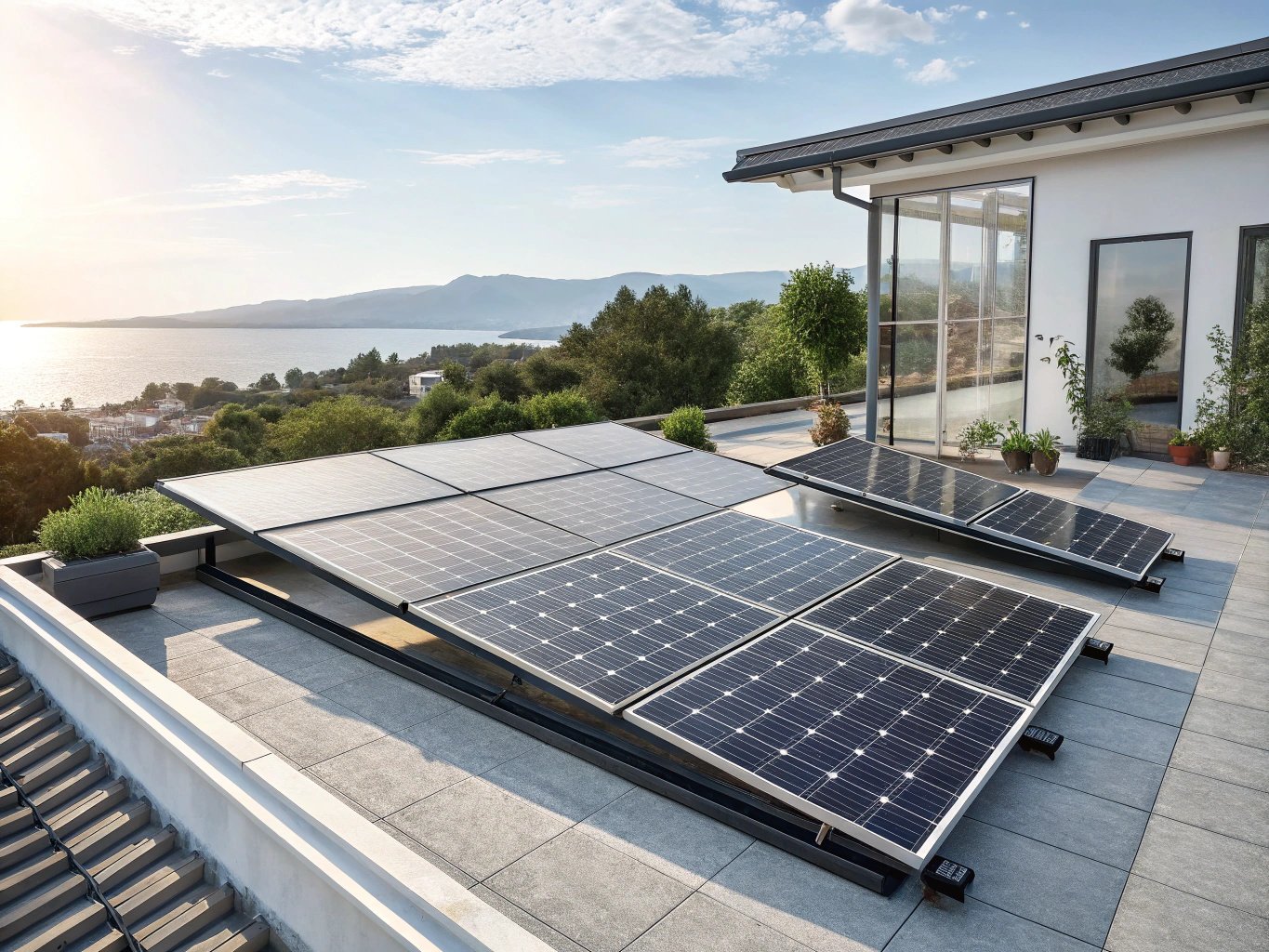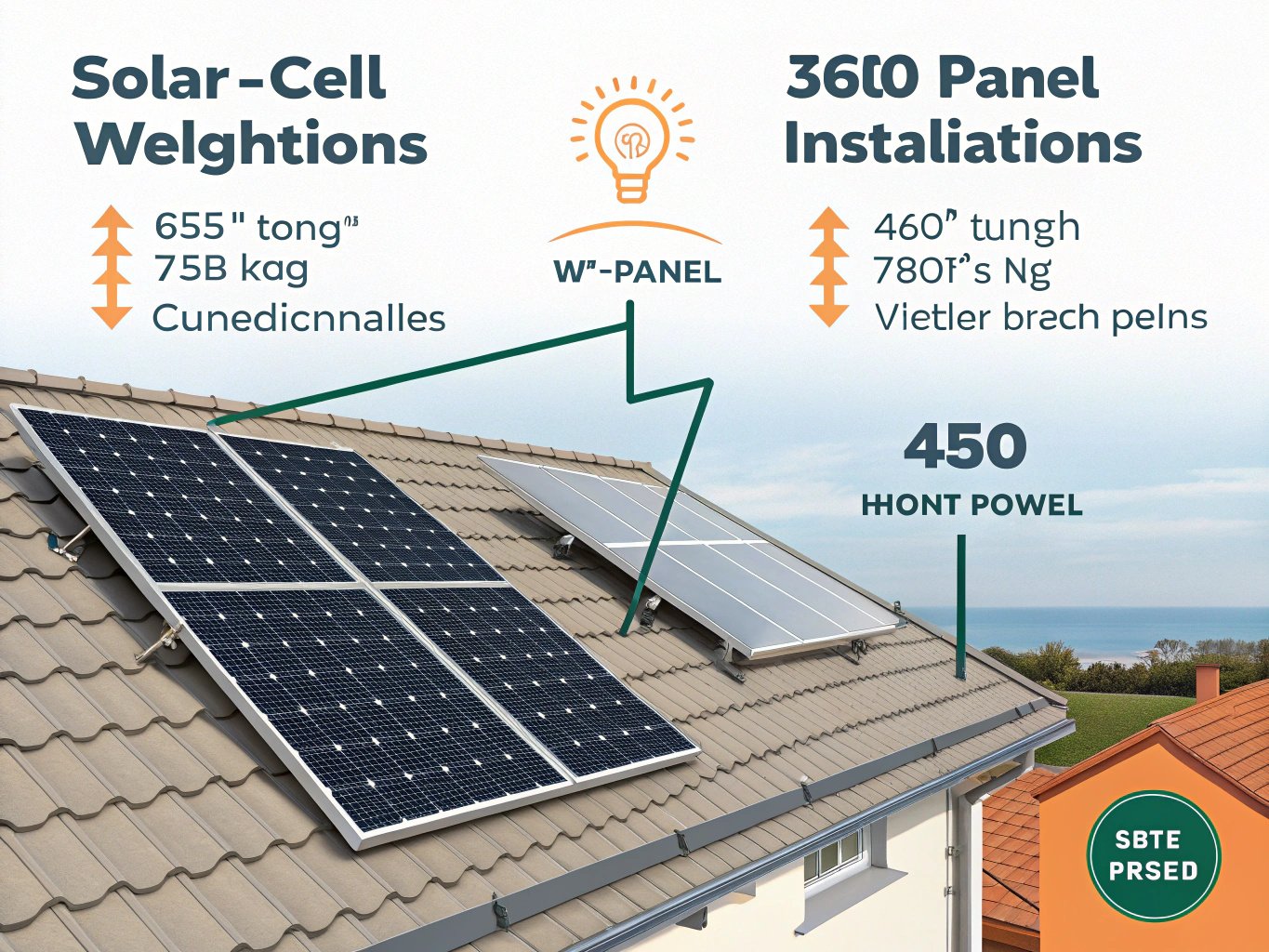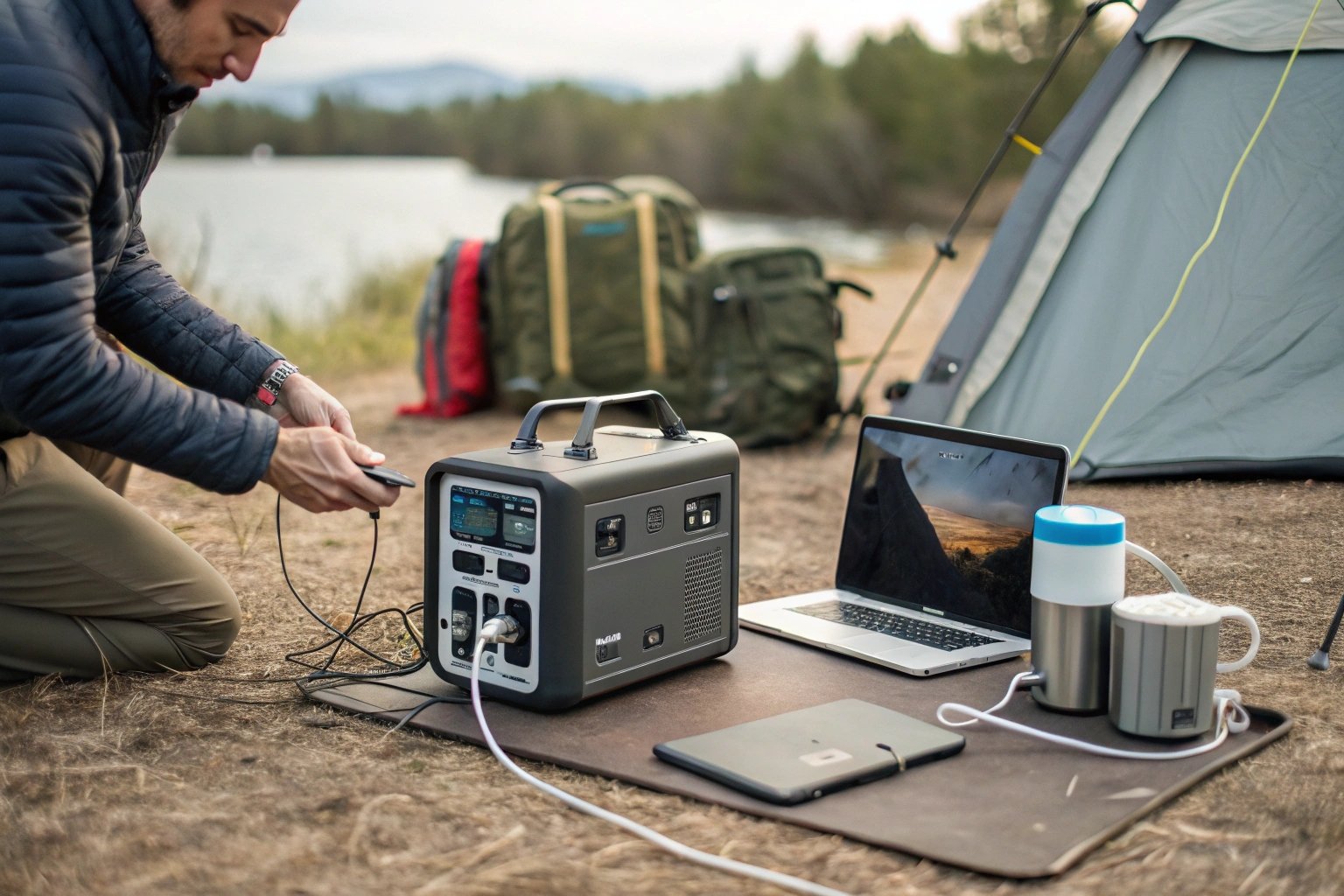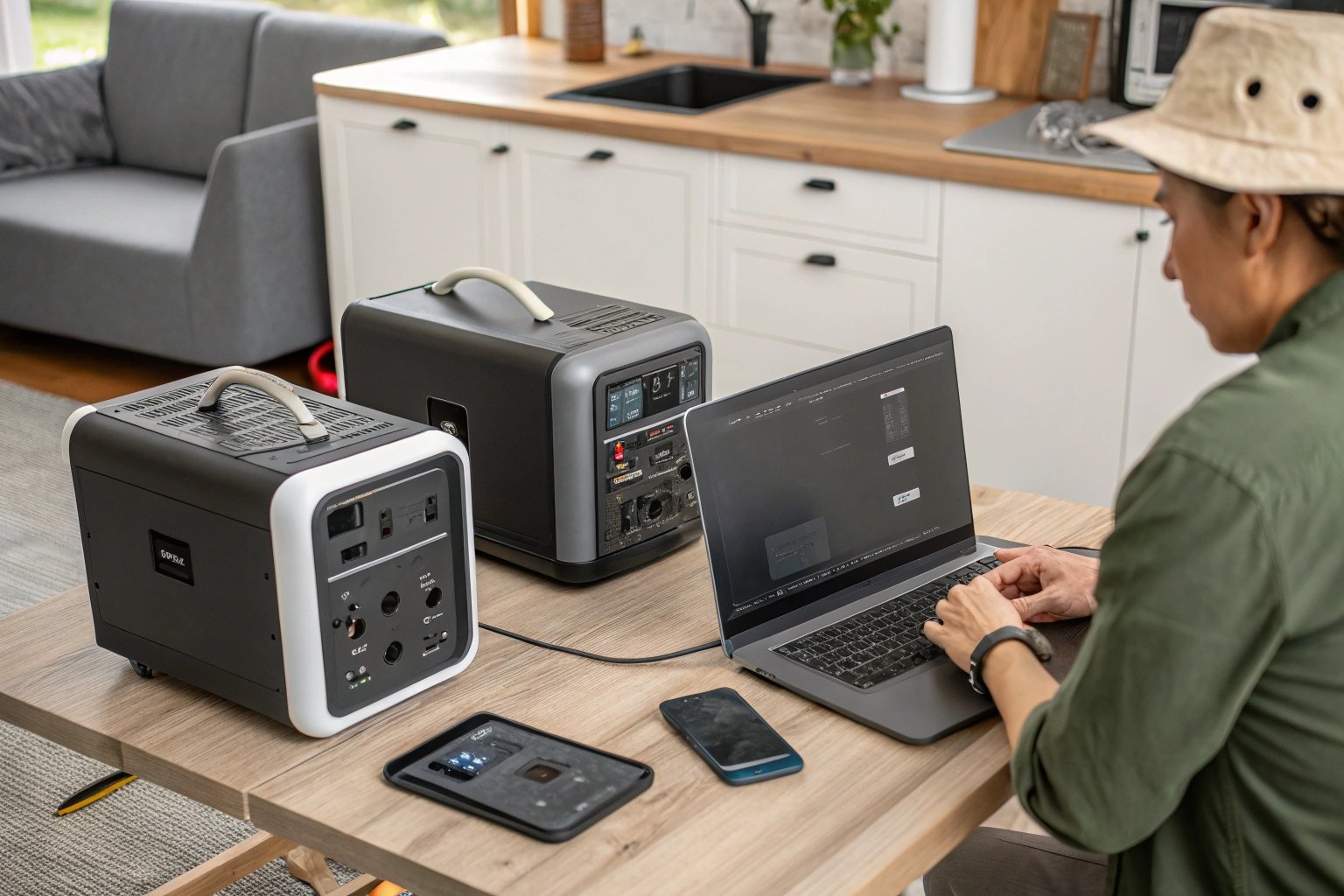
Choosing the right solar panels involves more than just cost and efficiency; size and weight also play critical roles in determining the installation process. Let's dive into how these factors impact your solar energy system.
Solar panels typically range in size from 65 to 77 inches in length and 39 to 41 inches in width, making them large enough to capture sufficient sunlight while remaining manageable for installation. The weight of each panel usually falls between 35 to 50 pounds, depending on the model and the materials used. These dimensions and weight allow for efficient energy generation while ensuring the panels are structurally durable and easy to handle during setup. With advances in technology, there is also a growing trend towards lighter, more compact panels without compromising performance, providing greater flexibility in both residential and commercial installations.v.
Choosing the right solar panels involves more than just the cost and efficiency; size and weight play significant roles in determining where and how they are installed. Read on to learn more about how the size and weight of solar panels can affect your solar energy system's performance and installation process.
✔
While there are standard sizes, solar panels can vary slightly in dimensions and weight depending on the manufacturer, technology, and type of panel (monocrystalline, polycrystalline, or thin-film).
✖
The weight of a solar panel does affect installation, particularly when mounting them on roofs. It is important to ensure the roof can support the additional weight.
Standard Solar Panel Dimensions

The typical solar panel size for residential installations is approximately 65 inches by 39 inches (1.7 meters by 1 meter). These panels usually have a thickness of around 1.4 to 1.8 inches (3.5 to 4.5 cm). For commercial applications, solar panels can be slightly larger, with some measuring up to 77 inches in length and 41 inches in width.
Solar panels are often made of silicon-based photovoltaic (PV) cells, which are arranged in a grid pattern on the surface of the panel. The standard size is typically 60 or 72 cells, with 60-cell panels being more common for residential use and 72-cell panels often used for larger commercial projects.
To determine how many solar panels you need for your energy needs, it’s essential to understand both their physical dimensions and how much energy they can generate. Panel efficiency and wattage will also play a role in how many panels are necessary to meet your energy consumption.
How Does Solar Panel Size Affect Installation?
The size of solar panels plays a significant role in determining how much roof space you will need for installation. On average, a standard solar panel (60-cell) occupies about 17.5 square feet (1.6 square meters) of space. Larger panels (72-cell) will require around 21 square feet (1.9 square meters) of space.
When calculating how many panels you can install on your roof, you need to take into account:
- Roof dimensions: Ensure there’s enough space for the panels, taking into account factors such as roof pitch and orientation.
- Roof load capacity: Larger panels or a higher number of panels will increase the weight load on the roof, which could impact its structural integrity.
- Obstructions: Chimneys, vents, and skylights can limit the amount of available space for panel installation.
The physical size of the panels directly influences the number of panels required, the design of the system, and the ease of installation. The larger the panels, the fewer you may need to install, but the process of mounting and positioning them may be more complicated.
The Weight of Solar Panels and Its Implications

The weight of solar panels is another key consideration, especially when it comes to installation. On average, each 60-cell solar panel weighs between 35 and 40 pounds (15 to 18 kg), while 72-cell panels typically weigh between 40 and 50 pounds (18 to 23 kg).
The weight of the panels can impact:
- Installation complexity: Heavier panels require more manpower for installation, especially on rooftops or in locations that are difficult to access.
- Roof structure: The roof must be able to support the weight of the panels, especially if you are installing multiple panels for a larger system. It's important to consult with a professional to ensure the structural integrity of the roof.
- Transport: Moving large panels to the installation site can require specialized equipment.
While the weight of the panels may seem like an obstacle, most modern roofs can support solar panel installations, provided they are installed properly.
Factors That Affect the Size of Solar Panels
The size of solar panels depends on several factors, including:
- Type of solar cells: Different technologies, such as monocrystalline, polycrystalline, and thin-film, require different sizes and configurations of cells. Monocrystalline panels tend to be more efficient and compact, while thin-film panels are lighter but less efficient.
- Panel design: Some manufacturers offer larger panels with more cells, which can generate more power per panel. This is especially common for commercial installations, where larger panels help reduce the number of panels needed for large energy requirements.
- Efficiency: High-efficiency panels tend to be slightly smaller because they produce more power per square foot. Lower-efficiency panels are generally larger because they need more surface area to generate the same amount of energy.
The combination of these factors determines the final size and weight of a solar panel. When choosing a panel for your installation, it’s essential to understand these variables to find the right fit for your needs.
Comparing Different Types of Solar Panels
Here’s a quick comparison of the typical sizes and weights of different types of solar panels:
| Panel Type | Cell Count | Dimensions (inches) | Weight (lbs) |
|---|---|---|---|
| Monocrystalline | 60 or 72 | 65 x 39 (60-cell) | 35 - 40 |
| Polycrystalline | 60 or 72 | 65 x 39 (60-cell) | 35 - 40 |
| Thin-Film | Varies | 60 - 120 (varies by design) | 12 - 20 |
Monocrystalline panels are usually more efficient but can be slightly heavier due to the high-quality silicon used. Thin-film panels, while lighter, tend to be less efficient, meaning you may need more panels to generate the same amount of electricity.
Solar Panel Size and Energy Production
Solar panel size directly affects how much energy it can produce. Larger panels with more cells generally produce more electricity, but they also require more space for installation. The energy production of a solar panel is measured in wattage.
- 60-cell panels typically produce between 250 and 350 watts of power.
- 72-cell panels typically produce between 350 and 450 watts of power.
The energy output of your solar panel system will depend on the total number of panels, the efficiency of the panels, and the amount of sunlight the panels receive. For a typical residential solar installation, the average household requires around 5 to 10 kilowatts of energy per day, which translates into about 15 to 25 panels depending on their size and efficiency.
Conclusion
The size and weight of solar panels are crucial factors to consider when planning for installation. Standard solar panels typically measure 65 to 77 inches in length and 39 to 41 inches in width, with weights ranging from 35 to 50 pounds. Understanding these dimensions can help you determine how many panels fit on your roof and whether your structure can support the added weight. When choosing solar panels, it's essential to balance size, weight, and efficiency to meet your energy needs and installation requirements effectively.



